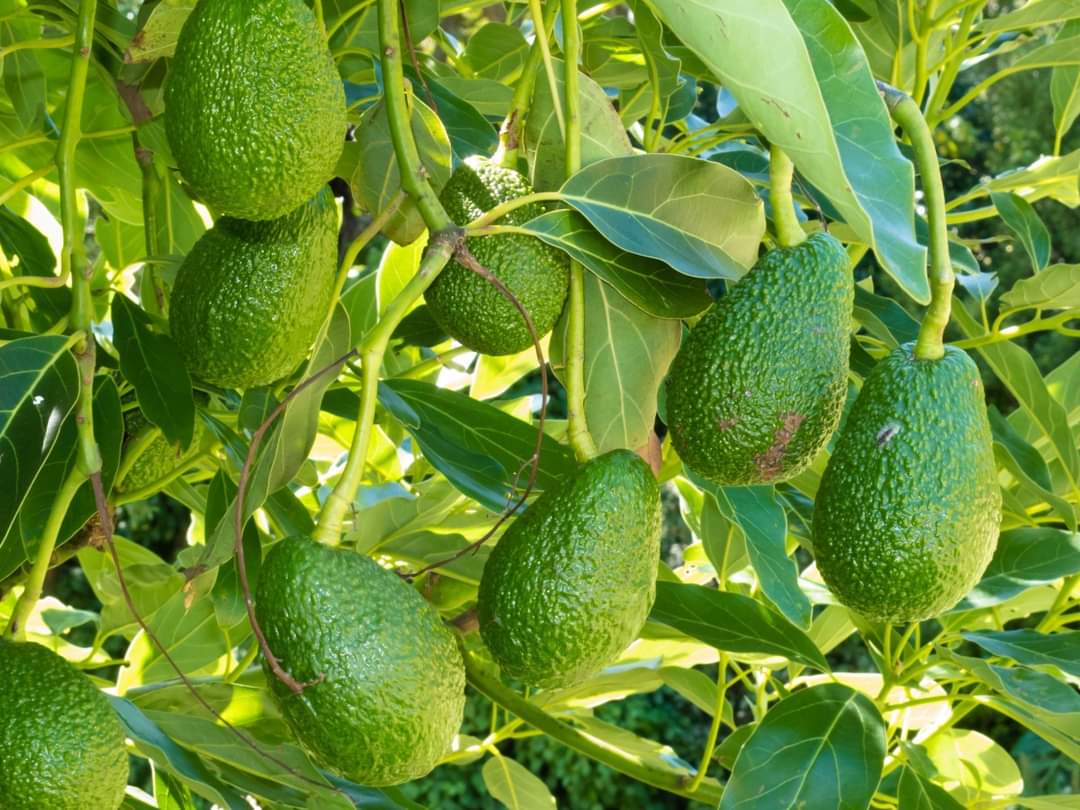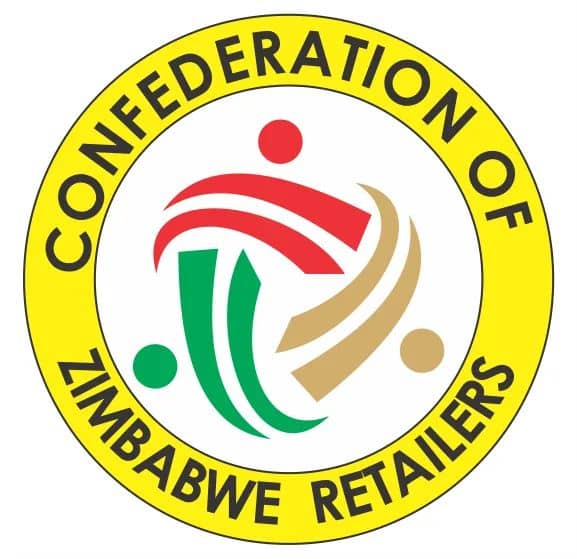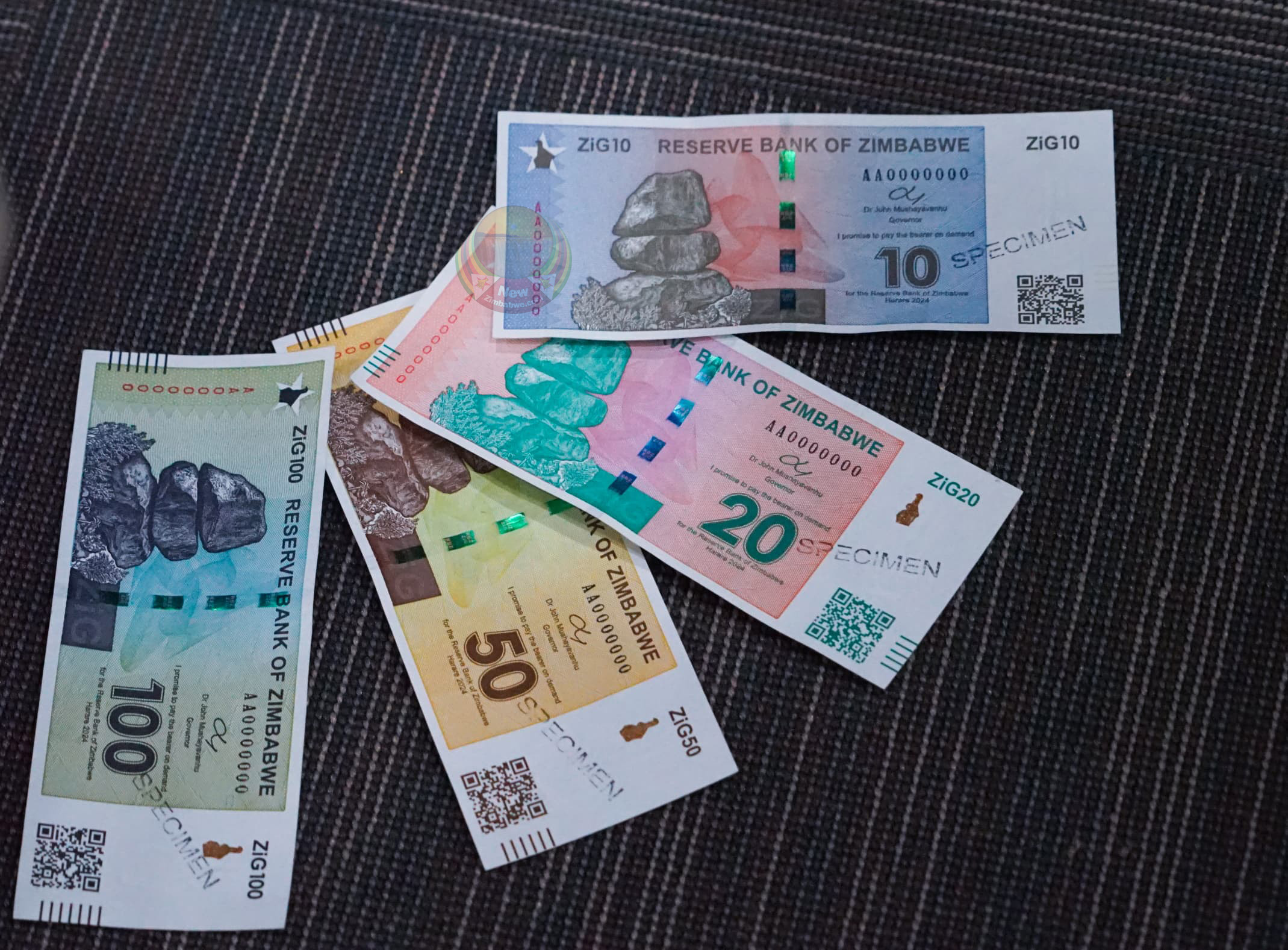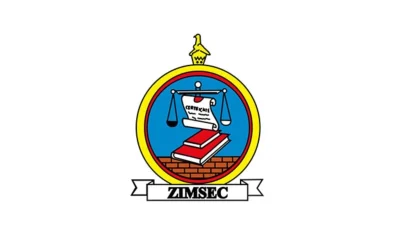Business
Local Producers Thrilled as New Avocado Market Opens Up

By Raymond Sibanda
The recent signing of a Memorandum of Understanding (MOU) between Zimbabwe and China, paving the way for avocado exports to the Asian nation, has sent waves of excitement among local producers.
This development is a testament to the Second Republic’s commitment to opening up new international markets for Zimbabwe’s fresh produce, under the leadership of H.E. President ED Mnangagwa.
The MOU is a welcome boost to local farmers, who are expanding their operations to meet the growing demand for avocados.
Zimbabwe’s horticulture sector, particularly avocado and macadamia farming, has experienced rapid growth, with export receipts expected to continue rising. This development is a shining example of the country’s openness to business, friendship, and cooperation with all nations, while maintaining a stance of neutrality.
As the country’s export portfolio diversifies, local producers are poised to reap the benefits of the Second Republic’s visionary policies, which leave no one and no place behind.

Business
CZR Hits Back at CZI Over Import Licence Push

The Confederation of Zimbabwe Retailers (CZR) has strongly opposed a proposal by the Confederation of Zimbabwe Industries (CZI) to introduce an import and export licensing regime for clothing and textile products, warning it would raise costs, disrupt supply chains and undermine competitiveness in the sector.
CZR president Dr. Denford Mutashu said the industry body was “shocked” that retailers were excluded from consultations that informed CZI’s May 20 position paper to the Ministry of Industry and Commerce. The document called for the imposition of import and export controls, a move CZR says would tilt the playing field unfairly.
“We are concerned that several key suppliers and retailers were not involved in the May 15 discussions which produced that paper. Retailers, who form a critical link in the value chain, were not invited despite the fact that the decision directly affects their viability,” said Mutashu.
While acknowledging challenges facing the sector — such as rampant smuggling, high production costs, limited local capacity and shrinking formal employment — CZR stressed that introducing import permits would worsen rather than solve the problems.
According to the retailers, licensing would lengthen ordering cycles, discourage international brands, and give smugglers and informal traders an advantage, while formal businesses struggle with “another bureaucratic hurdle.”
CZR also questioned the justification of using import licences as a data-collection tool, saying information on fabric imports is already available through the Ministry of Finance and ZIMRA records.
The retailers reaffirmed support for David Whitehead Textiles’ investments in Kadoma and Chegutu but noted that local producers are not yet able to meet the quality and variety demands of fashion retail. “Over 98 percent of fabrics used in fashion production, such as lycra t-shirting, twill with spandex, poplins and denim, are still being imported,” CZR said.
Instead of permits, the organisation recommended: regular multi-stakeholder engagements that include retailers, closer collaboration between textile manufacturers and retailers to align to market needs, and fiscal incentives to strengthen the entire cotton-to-clothing value chain.
CZR added that such measures would help the sector prepare for competition under the African Continental Free Trade Area and align with the government’s Vision 2030 of transforming Zimbabwe into a middle-income economy.
Business
Zimbabwe Courts Danish Investment in Agriculture and Clean Energy

The Zimbabwean Government has pitched a US$1.42 billion investment opportunity to a visiting Danish business delegation, targeting the country’s agricultural value chains with the aim of achieving a one million tonne maize surplus by 2030.
Deputy Minister of Lands, Agriculture, Fisheries, Water and Rural Development, Vangelis Haritatos, led the engagement in Harare, where he outlined several government-backed models aimed at attracting private sector investment. These include initiatives like NEAPS, the Irrigation Development Alliance Model, the Mechanisation Alliance Model, and the Vision 2030 Accelerator Model.
Haritatos highlighted that agriculture remains central to Zimbabwe’s economy, contributing up to 17% of GDP and employing 60-70% of the population. However, with climate change affecting yields, the Government is prioritising climate-smart farming, irrigation, and mechanisation.
The targeted investment will support key value chains in maize, soyabean, sunflower, blueberries, poultry, beef and dairy. Over US$1 billion is needed for maize, soyabean and broiler projects alone.
To attract investors, Zimbabwe is offering incentives such as tax breaks in Special Economic Zones, duty rebates on capital equipment, 100% foreign ownership, and VAT exemptions on farming inputs and machinery.
Haritatos also pointed to Zimbabwe’s agricultural potential, with 33.3 million hectares of arable land, over 10,000 dams, and a rapidly growing blueberry sector already exporting to China and eyeing India.
The Danish delegation, led by Zimbabwean-born Florence Charamba Christensen of Afrika Consultancy, included leading companies in grain processing, poultry, renewable energy, milling, and sustainable farming.
Cimbria and Engsko, among others, expressed interest, with Cimbria highlighting its long history in Zimbabwe and ongoing partnerships with companies like Seed Co.
Business
Zimbabwe Gold Currency Records Price Drop, Annual Inflation Still High

Zimbabwe’s Gold (ZWG) currency registered a slight improvement on the inflation front in September, with month-on-month inflation easing to –0.2%, according to figures released by the Zimbabwe National Statistics Agency (Zimstat) on Monday. The decline has raised expectations that annual inflation—still running at high double-digit levels—could gradually fall as the year closes.
Data shows the ZWG has held firm against the US dollar since September 2024, when it last experienced a major depreciation.
“The month-on-month inflation rate for September 2025 stood at –0.2%, down from 0.4% recorded in August, reflecting an average 0.2% drop in consumer prices,” Zimstat noted.
Breaking down the figures, Food and Non-Alcoholic Beverages posted a 0.2% month-on-month rise in September, reversing a –0.1% decline in August. Non-food inflation, however, dropped sharply to –0.5% from 0.6% in the previous month.
On a year-to-year basis, inflation remains high. “Annual ZWG inflation for September 2025 was 82.7%, meaning prices were on average 82.7% higher compared to the same month in 2024,” Zimstat added.
The Reserve Bank of Zimbabwe (RBZ) continues to enforce a strict monetary policy stance to preserve the stability of the ZiG currency, introduced in April 2024. Measures have included maintaining an elevated policy interest rate to discourage speculative borrowing and keep inflation and exchange rates in check.
Meanwhile, inflation measured in US dollars was unchanged at 0% month-on-month for September 2025, while the year-on-year figure stood at 13.4%.
In terms of poverty thresholds, Zimstat said the Food Poverty Line (FPL) for one individual in September was ZWG 877.03, while the Total Consumption Poverty Line (TCPL)—covering both food and non-food essentials—was ZWG 1,292.80.
ALSO READ : Harare to Host Permanent Intra-African Trade Fair Headquarters
-

 Crime and Courts3 days ago
Crime and Courts3 days agoMasasi High School Abuse Scandal Sparks Public Outcry
-

 Crime and Courts1 week ago
Crime and Courts1 week agoKuwadzana Man Jailed for Reckless Driving and Driving Without a Licence
-

 Current Affairs2 months ago
Current Affairs2 months agoBreaking: ZIMSEC June 2025 Exam Results Now Available Online
-

 Current Affairs1 month ago
Current Affairs1 month agoMunhumutapa Day: Zimbabwe’s Newest Public Holiday Set for Annual Observance
-

 Current Affairs1 month ago
Current Affairs1 month agoGovernment Bans Tinted Car Windows in Nationwide Crime Crackdown
-

 Current Affairs6 days ago
Current Affairs6 days agoVehicle Emissions on the Rise in Harare, A Growing Concern
-

 Current Affairs2 weeks ago
Current Affairs2 weeks agoExposed: Harare GynecologistChirume Accused of Negligence, Extortion, and Abuse
-

 Current Affairs2 months ago
Current Affairs2 months agoNo VP Change: Government Rejects Mutinhiri Appointment Rumours


